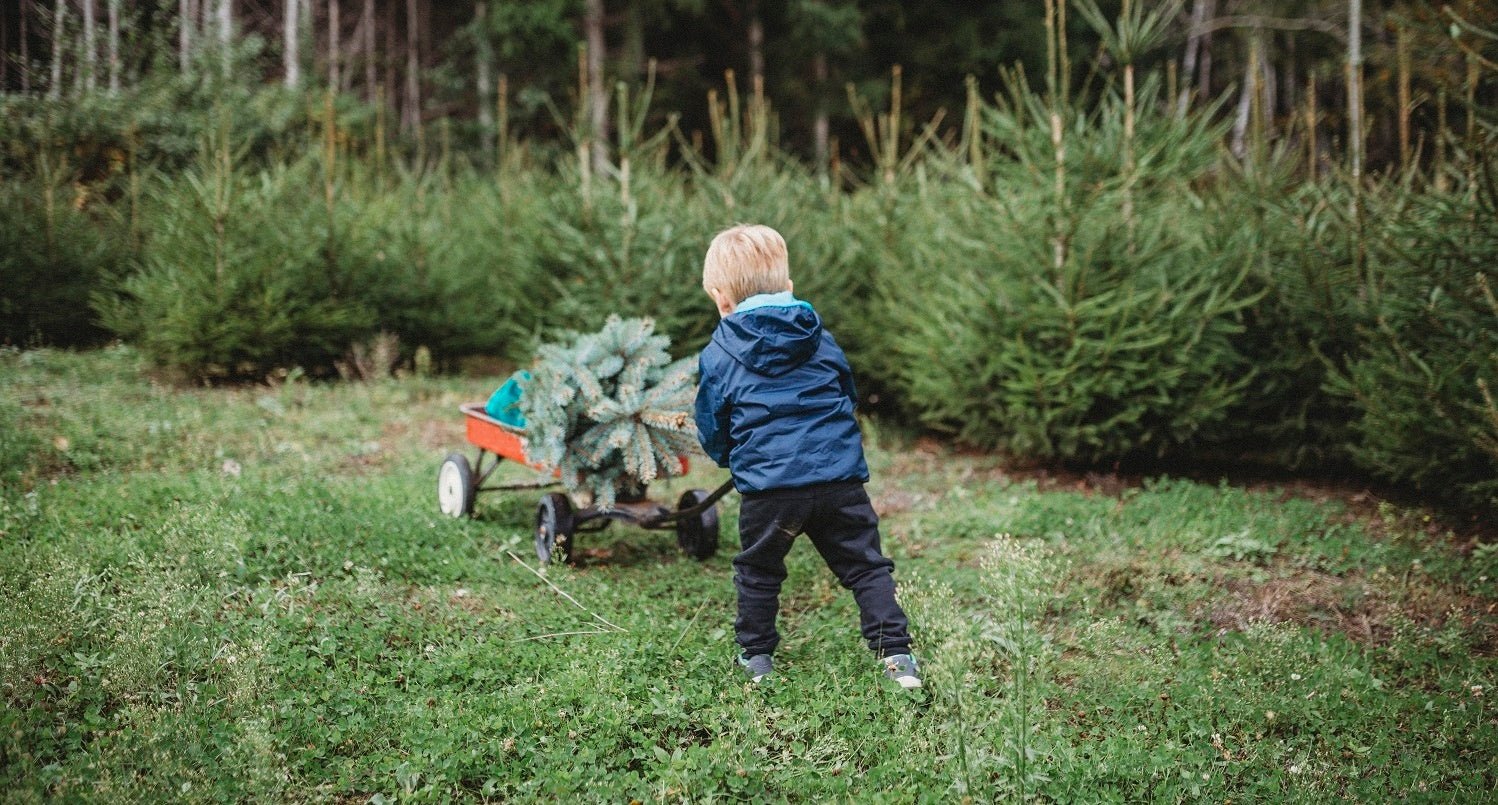
Buying and Planting a Living Christmas Tree
It’s time for the annual ritual of buying a Christmas tree. These trees are grown on tree farms, and it takes about six years for one to grow to a saleable size. They are pruned repeatedly to grow into the quintessential triangular shape that people covet. At the end of the holiday season, traditional trees get taken to the landfill or (hopefully) shredded for mulch.
n
It’s time for the annual ritual of buying a Christmas tree. These trees are grown on tree farms, and it takes about six years for one to grow to a saleable size. They are pruned repeatedly to grow into the quintessential triangular shape that people covet. At the end of the holiday season, traditional trees get taken to the landfill or (hopefully) shredded for mulch.
If that seems too disposable to you, consider buying a living tree. Instead of enjoying your cut tree for a limited time as you spread little pieces of it on the ground, you can watch it grow over many years into a beautiful specimen.
Choosing Your Tree
First decide where you will plant your tree outside. As with any planting, consider mature height and width, and allow ample room. Your planting location may dictate what type of tree you can buy. You might be limited by space, light, infrastructure, or hardscaping. Buy a native or adaptable species. Check with a reputable nursery and your County Extension office for suitable varieties. When you buy a cut tree, you are mostly concerned with ceiling height. When you buy a live tree, you must think about moving it around. A 6’ tall tree with a healthy root ball can weigh 200 pounds. You will need to take it out of your car to a temporary space, into the house for the holiday, back out of the house, and to the planting area. Purchase a size you are capable of moving easily.Care of a Live Tree
When you bring your tree home, place it in a shed or unheated garage. Bring it inside close to Christmas, where it will stay for no more than a week. The fewer days, the better. If it gets too warm, it will break dormancy, and start to put on new growth. This will set it back or kill it when you take it back outside to plant. The tree will be ball and burlap (B&B) or in a container. Place it in a water-tight tub with a couple inches of gravel and water in the bottom. This will keep the roots moist and add humidity so the needles don’t dry out. Find a cool spot for your tree, away from sunny windows and heating ducts. After you remove the decorations, take the tree back to the shed or garage, and eventually to a shady spot outside to slowly acclimate it to the outdoors.Planting Your Tree
There are a couple options. When you choose a planting spot, dig a hole and put the soil in a warm place so it doesn’t freeze. After Christmas, plant the tree and backfill with the original soil. The alternative is to keep the tree outside in the shade and well-watered until planting it in the spring. Whichever you choose, planting is the same. If the tree is B&B, cut away the excess burlap at the top of the plant. Cut a few slashes in the rest of it for roots to make their way through. Bury the ball to the same depth as it was in the field. This demarcation is easy to see. Make sure no burlap is sticking about the ground. If your tree is in a container, remove it, and score the rootball in several places to encourage new growth. Water in your new tree and top with mulch. Plan a windbreak or privacy fence planting several years’ worth of trees. You will also be providing shade for you and habitat for wildlife. A living Christmas tree is more work, but it is a worthwhile investment to enjoy for years to come!Would you like to be the first to hear about our new products and more? Sign up for our Nature’s Path Newsletter.








